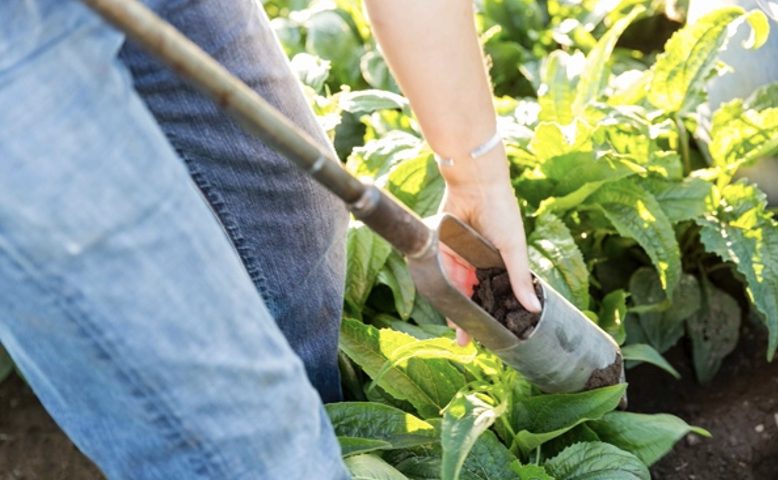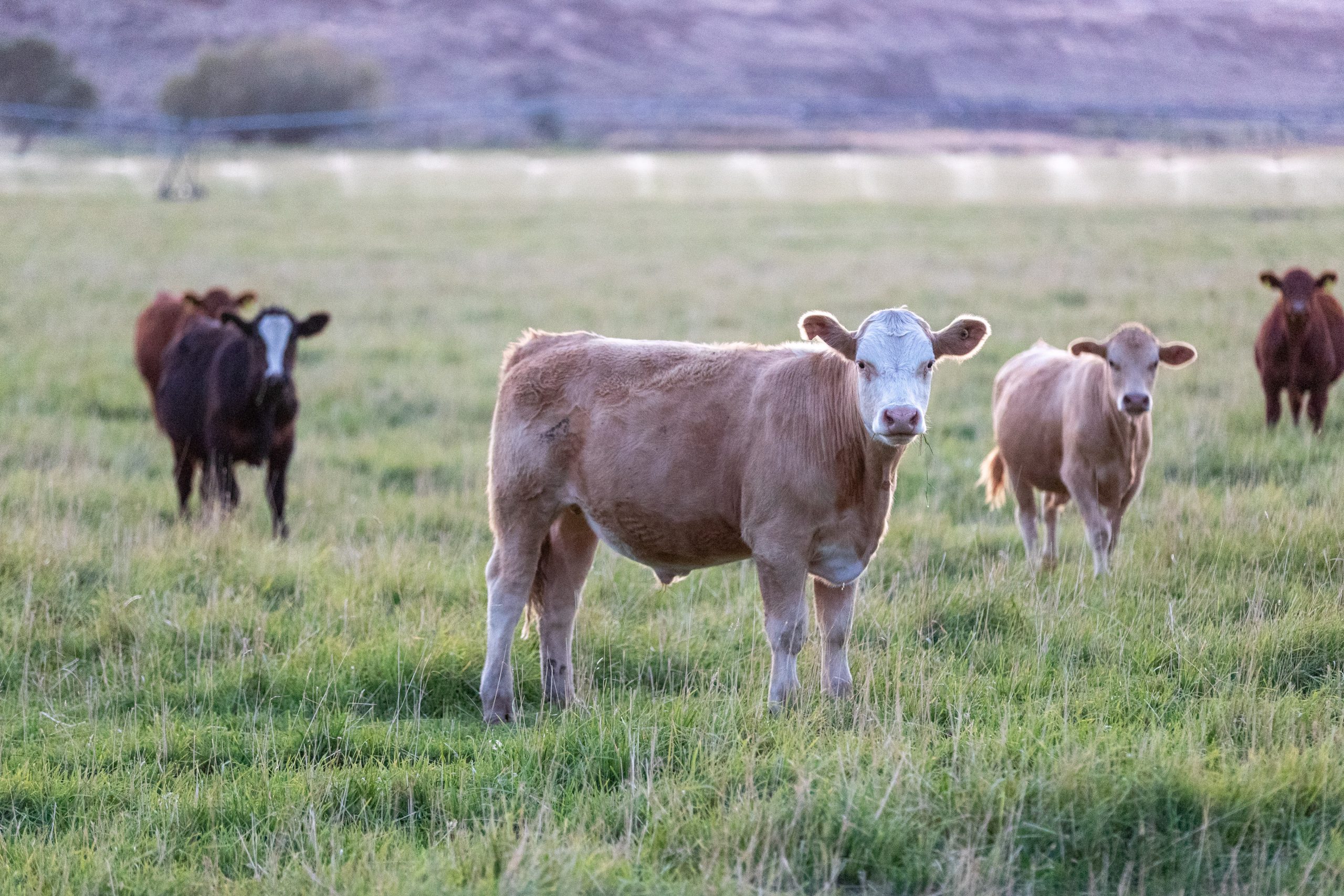
Ever since my father began growing his crops for his food supplements in the 1930s, Nutrilite has been farming organically. Dad didn’t call it organic farming then because the term didn’t yet exist. It was J.I. Rodale who coined the term in the 1940s and is commonly regarded as the father of the modern organic farming movement in the United States.
Some historians say Rodale was heavily influenced by the ideas of Sir Albert Howard, a British scientist who spent years observing traditional farming in India. Howard envisioned agricultural systems that were reliant upon returning crop residues, green manures and wastes to soil. He promoted the idea of working with nature by using deep-rooted crops to draw nutrients from the soil.
My father was also a keen observer of the world around him. Early in his career when he was working as a salesman for Carnation Milk, he was able to study Carnation’s research showing that cows consuming nothing more than alfalfa and water produced the most milk and gained the most weight.
While visiting Carnation’s research facility and condensory near Madison, Wisconsin, in the early 20th century, a chemist held up an alfalfa plant and said to my father, “This is as complicated as the universe!” For my father, it must have felt like an “a-ha” moment that further seeded the idea for Nutrilite products and inspired him to continue exploring the power of plants.
And he did just that, starting with the original Nutrilite farm in Reseda, California, a 3.6-acre plot of land where he grew alfalfa. He even used a specially designed scythe with a basket attached so that he could keep all the alfalfa he was harvesting from ever touching the ground. Initially, it was this alfalfa that he processed in his own lab that provided the nutrients for his early food supplements. The same plant he watched contented cows consume 20 years earlier.
Of course, he didn’t use synthetic chemicals or fertilizers to grow his crops back then. Today, our farming operations span nearly 6,000 acres across three countries where the same ethos is operating on a much larger scale.
But organic isn’t the only mindset that is driving the farming industry.

It has truly become about the soil – protecting it long-term so that future generations can benefit from the healthy mix of nutrients and life-giving substances that exist right below our feet.
The biggest challenge for organic farms is weed control. How you keep weeds from proliferating is where the industry is ripe for innovation. And there are ways to do it without damaging the soil. Even by using hi-tech, self-driving, precision lasers!
Regenerative agriculture is also gaining momentum as an effective way to preserve soil and the environment while also creating carbon sinks to recapture carbon dioxide that has been expelled into the atmosphere. It is one way to promote circular economies through farming.

And about those cows. Happy cows that graze on healthy soil have a magical way of improving the soil biology through their saliva and organic waste. It’s how nature meant it to be. Circular, returning what we use in a virtuous cycle that helps balance our existence on this planet.
I, for one, am grateful to the farmers, innovators, and champions of sustainable farming that are following in the steps of the pioneers before them.
To me, one thing is certain: Save the soil, save the future. I hope you think so too.
Cheers,
P.S. Don’t forget to subscribe to our RSS feed and have blog posts delivered right to your inbox.
